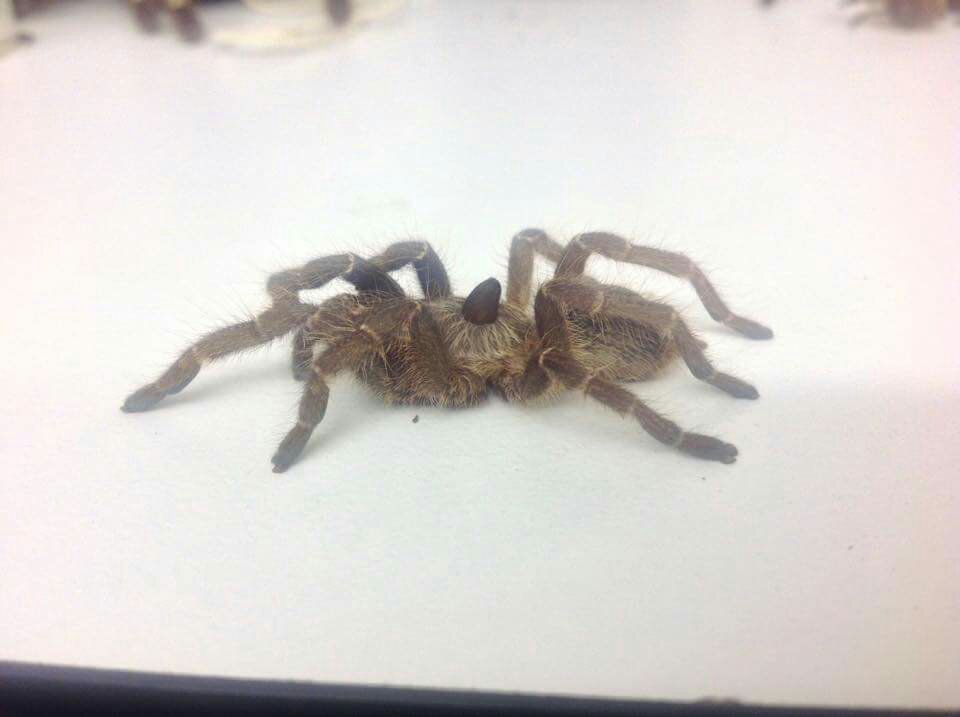- Messages
- 5,547
- Location
- Outside San Antonio, TX
I'm interested to hear people's opinions on hybrid species, bred specifically for color, size or other desirable traits. Obviously I'm not talking about flooding the hobby with hybrids sold as pure species...so let's not get crazy. I'm talking about hybrid breeding projects with total transparency and detailed reports and records. I just want to hear people's honest, considered opinion on this topic. Don't be shy. It's not like this is a highly populated forum and we all have better things to do All comments are welcome, even the "shut up, Mass" ones.
All comments are welcome, even the "shut up, Mass" ones. 
